Ergebnisse
Due to the significance of the cemeteries Djebila and Aïn Dalia Kebira there was great interest in studying the finds again. In 1967, Michel Ponsich published his excavations titled "Nécropoles Phéniciennes de la Région de Tanger," which, while providing a good overall impression of the findings, leaves many questions unanswered. With the support and approval of the Fondation Nationale des Musées in Morocco, it was possible to re-examine the finds at the Kasbah Museum in Tangier. After an initial inventory in autumn 2023, a first restoration campaign followed in the spring of 2024 in cooperation with HTW Berlin, during which many previously unknown decorations and even textile remains, particularly on the metal objects, were discovered.
Additionally, in collaboration with the University of Seville, the oldest evidence of Baltic amber in Africa was identified through FTIR analyses. Together with the Max Planck Institute in Leipzig and the Universidad Autónoma, a project on ancient ostrich populations was initiated, as ostrich egg vessels were found among the materials from the necropolises of Djebila and Aïn Dalia Kebira. A pilot project is currently underway attempting to extract DNA from ancient ostrich eggshell fragments. This will also help to determine ancient ostrich populations and whether the ostrich was already kept in captivity during the Phoenician-Punic period.
Overall, the material from the necropolises of Djebila and Aïn Dalia Kebira, due to its good state of preservation, offers further opportunities for modern analytical methods that could not be applied in the past. This is what makes this material so unique and valuable.

